Sound Design 101: The Ultimate Guide To Great Film Sound
When you’re starting out, filmmaking can seem like a daunting task. Sometimes it feels like there are so many elements you have to worry about. One of the biggest things that can get overlooked is film sound design. Beginner filmmakers are usually preoccupied with the visual elements, and sound can be pushed aside.
Sound design is the process of recording, acquiring, manipulating, or generating audio elements. It is employed in a variety of disciplines including filmmaking, television production, theatre, sound recording and reproduction, live performance, sound art, post-production, and video game software development.
One of the best ways to make sure the sound in your film doesn’t get forgotten is by hiring people on your crew who are in charge of sound— a sound designer and/or a sound recordist.
So let’s look at why this crucial element of filmmaking sometimes gets overlooked.
Why Sound Design Often Gets Overlooked
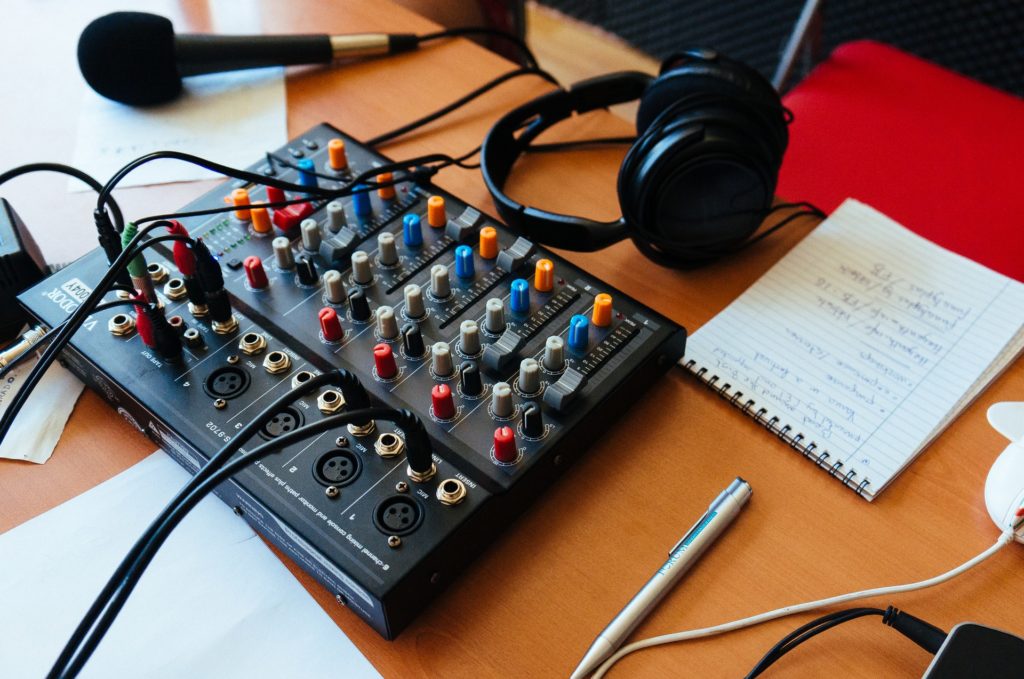
Visuals are King
In filmmaking, the hierarchy of elements often puts visuals at the top, and other aspects like the audio or film music are seen as an afterthought.
In reality, film audio represents an extremely crucial element of the filmmaking process. No matter what kind of film you set out to make, good sound design will elevate your project. Realistic audio design will help the audience believe the world you’ve created.
As an audience member, we react to sound on a subconscious level. If we hear a sound design with mixing that has been done professionally, we will intuitively feel like we’re occupying the space shown on screen.
If you’re making a horror movie, sound design and foley can elevate the suspense of your project. Instead of just using visuals of zombies or vampires, a frightening sound or suspenseful music cue can create the same reaction in the audience. Often, suspense created through sound instead of visuals feels more realistic to the audience because they interact with that sound on a subconscious level.
So some film school programs might teach you that the visuals are of paramount importance, but sound design school will teach you that visual is not always king. When beginning your project, remember that sound does not serve the image but is an artistic endeavor in its own right.
Media Spotlight
Even with sound being a crucial element of filmmaking, sound designers don’t get the same recognition that directors or even cinematographers get. Can you name your favorite sound designer? We didn’t think so.
Because audio recording might not be as glamorous as the other jobs on a film set, sometimes beginners can overlook its importance. Maybe sound designers don’t get top billing in the credits, but that doesn’t mean their jobs aren’t essential for making your film great.
The best thing to do is to learn about the importance of sound design. It has its roots in theatre sound design and has expanded to become its own industry. The first thing you can do is look into some sound design software. The industry standard is Pro Tools, and it’s free to download.
If you’re a hands-on learner, learning new software is the perfect way to teach yourself about sound design. There are also plenty of sound design tutorials you can follow if you get stuck.
Maybe you’re not a hands-on learner, and maybe you’d like to study up before jumping into sound design for beginners. There are plenty of sound design courses and sound design books you can read up on to learn how to become a sound designer.
If you really think that audio design might be for you, and you’re wondering where you can study sound design and where to learn sound design, there are lots of great sound design degrees you can go to school for.
All of this education on sound design will ensure that you can’t possibly overlook it when you begin your own project!
Budget
And yet still, sometimes audio still gets left out because there is not enough room in the budget to hire an expert. There are still plenty of free sound resources that can help elevate your film’s design. There is free film music out there. By using free music you also avoid trying to get music licensing for a film which can be a challenge.
Film Music Magazine hosts composition contests and film score mentorships. You can have an original piece composed for your film which would certainly elevate your sound design without breaking the budget.
A great strategy to ensure you’re able to execute great sound design in your film is by expanding your budget. Check out our funding opportunities to get up to $10,000 for your film and your soundscape.
When starting your project and film, it can be easy to focus on visuals and not worry about audio, but it’s important for the tone of your film, and for the overall quality of your project. Film music has a storied and important history, and as a beginning filmmaker, it’s important that you don’t forget about it.
How Sound Design Enhances Your Film
Off-Screen Space
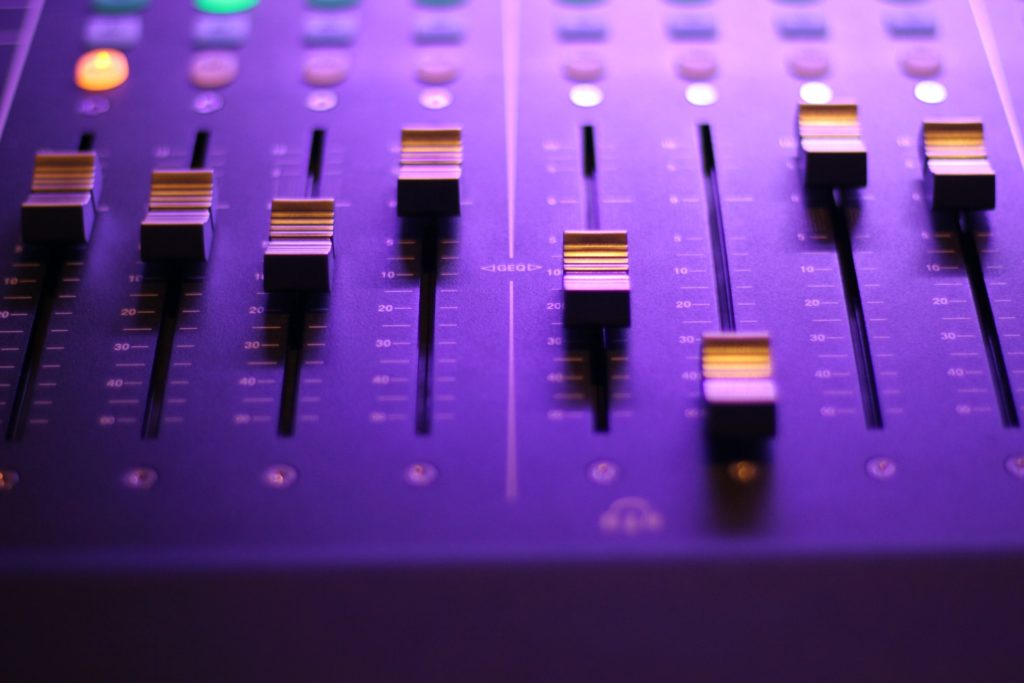
The first way sound design can elevate your film is by creating a sense of off-screen space. The visuals in the film show the audience what you want them to see but sound can give the audience a greater sense of what is going on off the screen. This adds a fullness to the world of your film.
That sense of a full world and a rich landscape is hard to match in the visuals. Really only through sound can off-screen space be created. Especially if your film is shown in a professional theater, the theatre sound design and speaker system will help with the feeling of being in a full landscape.
What they teach you at sound design school is to create an ambient noise soundscape that acts as a cradle for all other sounds- like dialogue and diegetic sounds. Diegetic sound just means sounds that are included in the actual world of the film: so the sound of someone typing on a keyboard, a song playing from a radio on screen, the sound of a person sneezing, etc.
Ambient sound can be room tone, the sound of the fridge humming, light voices in the background, or another room. They help create a sense of space within the sound design of the film. But you don’t need a sound design degree to understand the science and artist elements of sound design.
Another way to create offscreen space to utilize non-diegetic sound. That is sound that does not have a source shown on screen.
For example, if the sound of an alarm clock can be heard but the camera doesn’t show the alarm clock, instead it shows a person sleeping in bed. The alarm clock sound is non-diegetic and it helps create a sense of off-screen space. Now as an audience, we know that there is an alarm clock in the room this person is sleeping in, and we have a greater sense of the space.
A great way to practice this skill is to challenge yourself to make a project with no synchronized dialogue. This means no one on-screen can be seen saying dialogue. It’s a great exercise in unsynced sound, non-diegetic sound, and it forces you to create a soundscape that has off-screen space, even just through the dialogue.
It doesn’t have to be a long project but it can be a great exercise. And if you want to become a sound designer for film having projects like this on your reel is extremely helpful.
Sound Bridge
The second way to elevate your film is to use the sound design technique called a sound or audio bridge. An audio bridge is a kind of transition that takes the audio from the next scene in the sequence and uses it in the one before. So you hear the next scene before you see it.
This is an effective way to transition a scene and a great way to elevate your project. Audio transitions can boost your project by breaking away from the usual cross dissolve or fade in and fade out. Here is a good sound design basics article about sound bridges.
Sometimes with the sound design where to start is to look at some examples and then try the technique for yourself. The next time you are editing try creating a sound bridge yourself. By watching examples and reading up its also a great place where to learn sound design.
Film Music
The third way to elevate your project is through film music. Music is the most effective way to make your audience feel, tug at their heartstrings, raise tension, or set tone. There is a rich history of film music history from the earliest movie theaters having live orchestras to today’s ability to stream film scores on Spotify.
It can be hard to secure free film music or music licensing for film but it can also be a great opportunity to work with other artists and film composers to make original music for your project or you can try your hand at creating your own music. Often the music doesn’t have to be complicated and intricate to be effective. Sound design for beginners can also mean creating your own film music. The New York Film Academy has some great resources, for all independent filmmakers.
Emotion
As we’ve touched on, the sound design and mixing have the ability to convey emotion in your film. If you think a particular scene or beat isn’t landing, maybe what’s missing is sound or music. Sound designer Tasos Frantzolas said it best in an interview with Lights Film School,
“We go to the movies to feel something. Sound is one of the two main senses that people experience in cinema. Therefore, it’s one of the tools that filmmakers have in order to help create an emotion, show something that is not on the screen, make us scared, or create comedy. Sound supports the story and can enhance a scene: every sound can carry a meaning.”
Tasos Frantzolas
As you learn more about sound design from books and sound design tutorials, it’s important to remember the greatest function of this art is to make the audience feel. When taking sound design courses, keep in mind how the skills you learn will be applicable to creating real emotion.
Location
Another great tool of sound design software and how sound design can elevate your project is by setting the location. As discussed with the idea of off-screen space, sound in film can be very grounding and help set the location of your scene. Videomaker describes the importance of sound design for setting the scene.
The background and atmospheric noise tells the audience where the scene is taking place. Although these sounds are usually quiet, they are essential to a scene. Why? Because they appeal to the audience on a subconscious level.
Without them, the scene will feel unnatural to the audience. Without them, the realism of the scene taken away and it stands out to the viewer, even if they aren’t sure why.
If the scene is taking place on a busy street, the background noise should be that of a busy street. There should be sounds of people talking, car horns, and the light sounds of engines revving. If the scene is in a forest, the background noise would be of blowing wind, leaves rustling, and many animal sounds. It would feature anything that will inform the audience of where the scene is set.
Most Crucial Components Of Sound Design
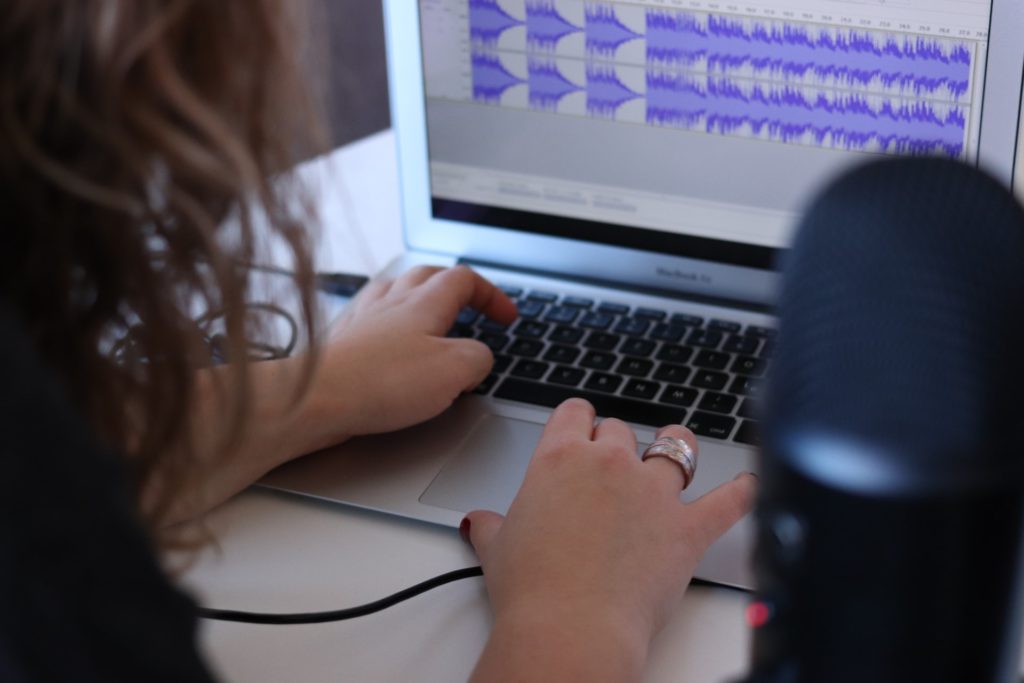
The Right Microphones
The first crucial component of any good sound design is the equipment—the microphones and recorders. Often the sound design basics that they would teach at sound design school would be the different kinds of mics and which mics should be used in different situations. Anyone wondering about sound design and where to start should familiarize themselves with microphones.
Firstly, there are the omnidirectional mics. These mics pick up sounds in all directions. Their pick-up pattern, meaning the shape in which the microphone can pick up sounds, is a circle. The circular pattern allows for the front, sides, and back of the microphone to pick up sound clearly.
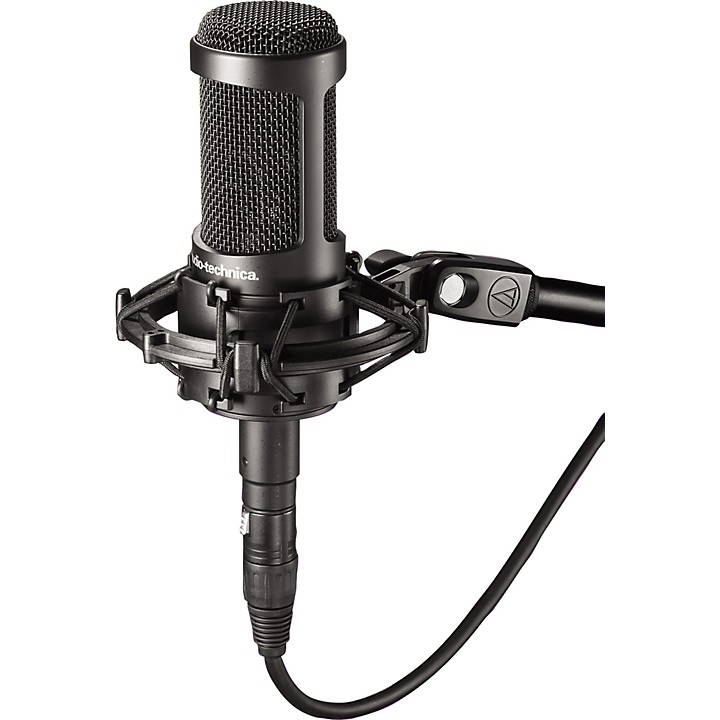
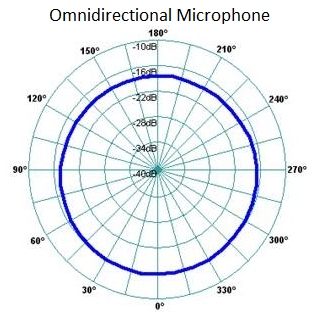
Though this can be helpful at times, and they are the most flexible microphone type to use, professional videographers usually don’t need this much audio picked up during filming. In fact, oftentimes this microphone pattern causes excess white noise to pick up from the surrounding area and can lead to poor audio quality.
Secondly, there are cardioid microphones. These microphones only pick up sounds from the front and sides of the microphone. They are slightly more directional than omnidirectional but still have a wide heart-shaped pickup pattern.
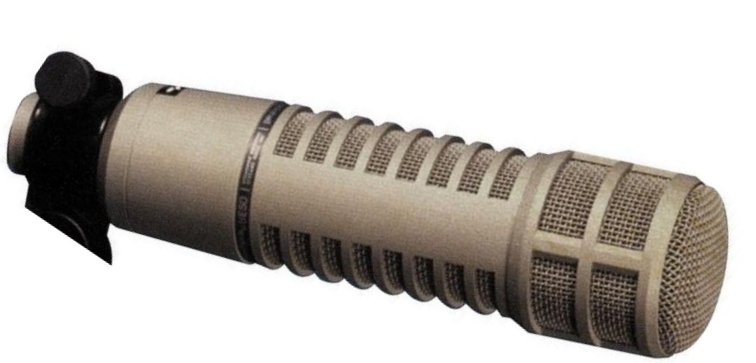
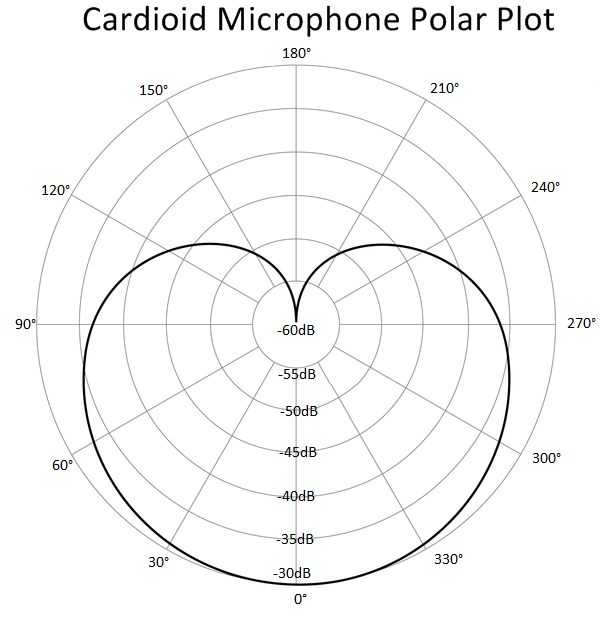
These are excellent general-use microphones. In fact, most handheld mics are usually this kind. In addition, since they do not suppress sound in any one direction completely, the ambient noise picked up can sometimes add to the quality of film you are working on depending on the nature of the scene.
Lastly, there are unidirectional mics, also commonly called “shotgun” mics. These mics only pick up sounds from where the barrel of the microphone is pointed. It is the most directional of all of these basic mics.
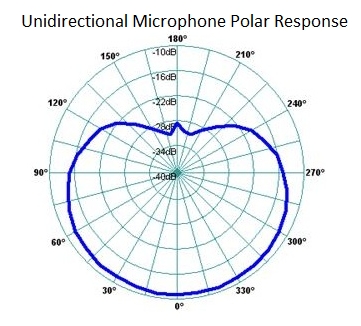
A great example of a microphone that uses a unidirectional pickup pattern is a boom mic, meaning a unidirectional microphone attached to a boom pole. With a microphone mounted on the end of the pole, the boom pole is held over the subject creating audio that a videographer wants to be captured. Unidirectional mics offer a great range and unwanted outside noise is rejected well to avoid dialogue distractions.
Those are some of the most common mics used by sound recordist. Having knowledge of theatre sound design can help with understanding the microphones better. Great sound design for beginners is to understand each different kind of mic, and when is the right time to use each.
Foley
You can only capture so much useable sound on set. Often important things like sound effects can be forgotten, or the dialogue overrides the other elements that are important for world-building.
Luckily, the art of foley allows for enhanced audio quality. Foley is the reproduction of everyday sound effects that are added to films and videos in post-production to help build up the world of the film.
One great way to become a sound designer for film is to get into the world of foley sounds. Once the picture has been locked, the foley artist will get in the studio and use whatever objects they can to recreate the sounds in the world of the film.
There is no real way to study sound design in terms of foley. You just have to do it. A great way to learn is to take an already existing clip and do your own foley for it. This will give you great experience, and it is okay if it’s not perfect, because it’s just practice!
Ambient Noise
Another crucial part of the sound design is the ambient noise. This might be the most overlooked element of sound design, because if done correctly, it will seem imperceptible.
Ambient noise acts as a cradle for all of the other sounds in the soundscape. Without it, the rest of the sound design would be ungrounded and seem to come from nowhere and be unmotivated.
It’s often hard to tell, especially in professional films, but when you do hear a sound that sounds unsupported, it is obvious, because it is missing that base of ambient noise. Sound design books and the best film sound designers will attest to the importance of ambient noise.
To begin making your ambient soundscape, you should record a “silent” take on the day you shoot. Make sure the conditions are the same in the space as when you were doing all other takes. This is called “room tone.” The equipment and furniture should be in the same place, the same amount of people should be in the room so that the room tone is authentic.
This room tone will be the basis of your ambient soundscape. In post-production, you can add other ambient sounds to buildup the base of your soundscape. Often these efforts won’t ‘sound’ like much but they will have unconscious effects on your audience. They will be able to perceive the space you have created through ambient noise.
Music and The Score
Film music in another crucial component of sound design. Not every project requires an elaborate score, but film music history has shown that music has powerful abilities to make audiences feel.
Think about your favorite moments on film. Often the music is swelling as the boy gets the girl or the hero defeats the villain. Those moments are impactful because of the music.
As an independent filmmaker music licensing for film might be hard to achieve. But Film Music Magazine offers great opportunities for composers and filmmakers to get in contact and they host film scoring competitions. Getting an original piece of music for you can elevate the entire project.
If not, free film music can also get the job done. If you’re particularly tech-savvy, you could even try out making your own music. It doesn’t have to be complicated to be effective.
You can also check out the musician Moby’s free film music project, mobygratis.
The Mix
Lastly, and maybe the most crucial component, is the mix. Sound design and mixing are important because it takes all of the elements we’ve just discussed— the dialogue, the music, etc.— and makes sure they all work together.
The mix makes sure all of the levels in the design are correct. The mixer makes sure that the music isn’t so loud that it’s drowning out the dialogue and they make sure that the background noise isn’t too low that it’s impossible to hear.
A good mix starts with good sound design software. If you learn best by doing, then messing around with Pro Tools or Adobe Audition, and creating your own mixes would be best for you. There are also plenty of great sound design tutorials that can teach you how to use the software and the theory and science behind how a well-mixed sound design effects audiences.
How To Learn Sound Design
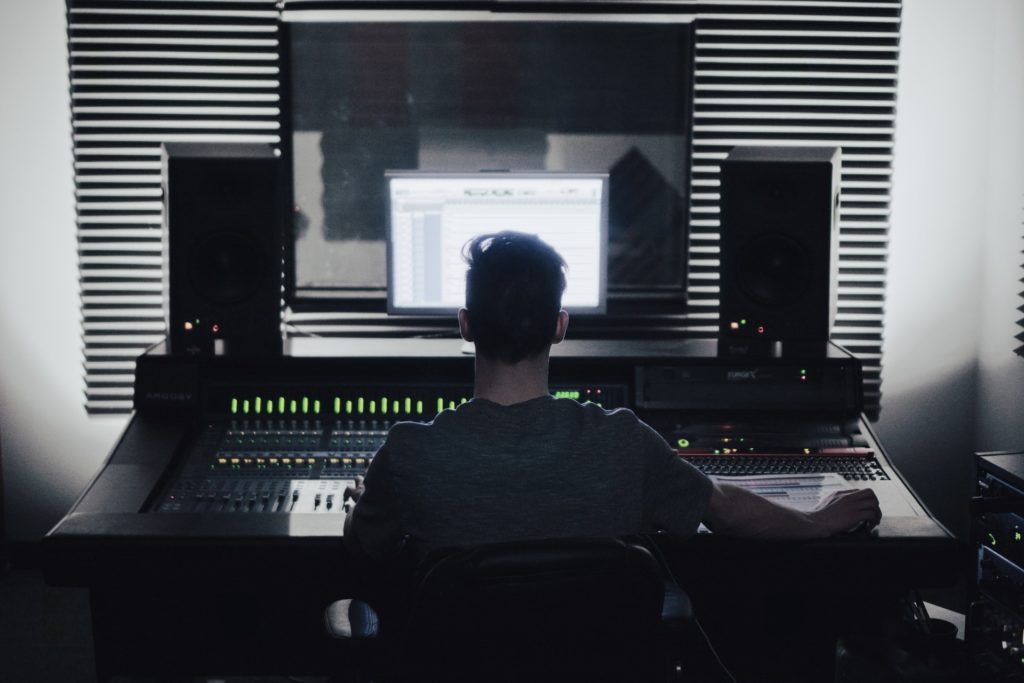
Film Score
There are a couple of key audio elements that make up full and rich sound design. The first being the score or film music. The most important tool to convey mood and tone is film music and score. Audiences respond to music swells, and cues and a good score will tell the story of the film even without the visuals.
One of the best ways to get a great score is to work with other artists and composers. If you have an original piece composed for your film you can avoid the issues of music licensing for film.
There are also plenty of online resources for free film music you’ll just have to do the arrangements yourself. There are also lots of film music magazines and film music history books you can read to learn more about film music’s history and purpose.
This knowledge will help you create your own score. Also, you can find scores that tell the stories themselves from movies and listen to them and try to emulate them. John William’s music is great at storytelling.
Foley Art
Another important aspect of sound design is foley. Foley is the art of creating sounds in a studio that mimic sounds that are in the film world. Foley can help make the film world more believable and make the sound design fuller.
You can watch foley artists at work in this video. If you’re interested in foley, you can reach out to some artists to see if they will talk to you or show you their studios.
You can also create your own foley studios. If you have a good mic and some props, you could do your own foley for a clip from a movie. That is a great way to practice, and it could be something you could put on your reel and a great place to start sound designing.
Sound Mixing
Yet another important element of sound design is mixing. The audio mix is an important element in realism and it also functions to set tone and mood. The audio mix determines the relative volume and levels of every audio element in the film.
If your film is striving for realism, then a good sound mix will be absolutely necessary. No sound can be too loud or too quiet. All of the dialogue will need to be at the perfect level.
If you’re making a horror movie, the sound mix might play a part in the jump scares, or a low-pitched sound mix can contribute to the eerie tone of the film. If you’re making an experimental film, maybe the sound design is part of the experimental nature. In that case, you might not want a perfect sound mix.
Whatever the case may be, the mix is usually the last element of the sound design process, but it can be just as important as all other elements. Sound design software like Pro Tools can be very helpful for perfecting the mix.
Online Classes
You can study sound design in film school or sound design school, but many film schools have sound design courses and sound design degrees. Some of the best film sound design programs are listed here.
But that doesn’t mean you need to go to school to become a sound designer for film. There are plenty of great online classes and sound design tutorials from which to study up.
The most important tip for sound design beginners is to practice. Anyone can create sound design assets. You can record sounds yourself with a mic, or you can find free sounds online. Freesound is a great resource.
You can start making your own soundscapes from sounds found online. Sound mixes also don’t require visuals. Sometimes stories can be told only through sound.
Seeking Jobs
The best way to answer the question of how to become a sound designer is to become passionate about sound. The sound design in film is a critical part of the art of filmmaking. A simple sound design definition in film is the creation of the soundscape, it makes the film feel more real and creates a sense of offscreen space which is important for the realism of a film.
If you seek out the jobs of a sound designer, if you are passionate about the practice and study up on the theory, you too can be a sound designer.
Resources For Learning Sound Design
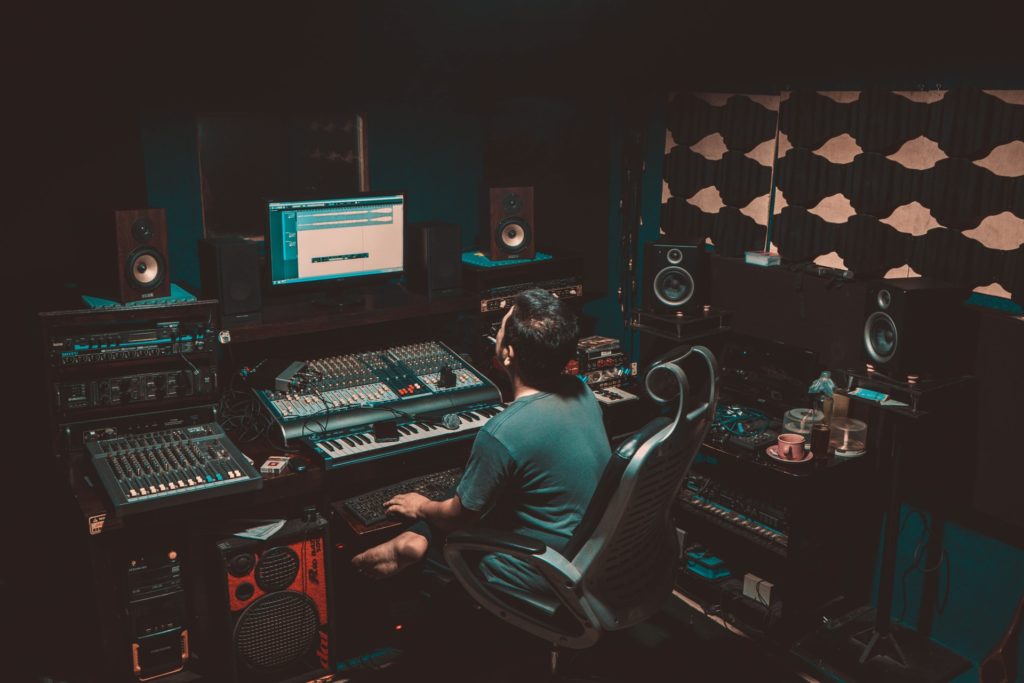
Software: Pro Tools
The first resource is the sound design software Pro Tools. Made by Avid, Pro Tools represents the industry standard for sound design and mixing. The best part is, you can download a basic version for free called Pro Tools First. Pro Tools offers several plugins and represents one of the best tools for sound mixing and design.
You can teach yourself the software or follow along with these articles to learn the ins and out of the program. Learning Protools is a great way to learn about sound design, and you can put it on your resume to boot. A great way of starting to become a sound designer is to know the industry software.
Pro Tools is also a great way to create your own film music. Free film music is often hard to come by because if you make music, there is lots of money to be made by licensing music for film. But using Pro Tools, it’s not hard to make your own music, and the music doesn’t have to be complicated to be effective. You could also subscribe to paid online music libraries.
Courses: Masterclass
The second resource is a master class taught by Ron Howard about sound design. The Masterclass series is a great way to learn about a wide variety of topics and they have several about film and movie making.
Howard’s advice on sound design is within his full Masterclass on directing, which does cost money to access, but some tips are available for free, and the entire class might be worth the coin.
On sound design, Howard said:
“Sound design is another tool. It’s another form of expression. And because we react to sounds on a kind of primal level, it works a little bit the way music works… A lot of composers would tell you that music works because it’s actually emulating sounds of nature but in a harmonic way. And a way that might be more beautiful or more melodic. But the sounds– whether it’s percussion or wind instruments or synthesizers– are creating sounds that we relate to on this kind of primal level… Of course, we feel that way about all kinds of sounds, and whether it’s a music cue or whether it’s a moment of sound design, repeating sounds can tell you something. Tell you to anticipate something. Because that’s what we do with sounds all the time… Great sound designers and sound editors are sort of like record producers. They know how to use technology. They know how to record sounds… That’s what’s so interesting about sound design is so much of it works on a subliminal level. And there are lots of times where there’s a completely unnatural sound introduced into a scene, but it has a huge impact.”
Ron Howard
His Masterclass includes a great sound design tutorial and utilizes examples from the best film sound designs and soundscapes. A class like this provides so much knowledge that you can take into your own projects.
Books: Sound Studies Reader
Thirdly, the book The Sound Studies Reader by Jonathan Sterne is an excellent resource in understanding sound on a greater level. Of all of the sound design books out there Sound Studies takes sound at face value and analysis sound’s impact in film and beyond.
A Routledge summary of the book describes it as a blend of recent work that self-consciously describes itself as ‘sound studies’ along with earlier and lesser-known scholarship on sound from across the humanities and social sciences.
The Sound Studies Reader touches on key themes like noise and silence; architecture, acoustics, and space; media and reproducibility; listening, voices and disability; culture, community, power and difference; and shifts in the form and meaning of sound across cultures, contexts and centuries. Writers reflect on crucial historical moments, difficult definitions, and competing accounts of the role of sound in culture and everyday life. Across the essays, readers will gain a sense of the range and history of key debates and discussions in sound studies.
The collection begins with an introduction to welcome novice readers to the field and acquaint them with the main issues in sound studies. Individual section introductions give readers further background on the essays and an extensive up to date bibliography for further reading in sound studies make this an original and accessible guide to the field.
If you’re looking to understand the theory of sound and how sound functions in our world, this book is a fantastic resource. The understanding of theory will always help improve your work.
Film Examples
Lastly, the best resource for great sound design is to look at the films that have already done it. This comprehensive breaks down 20 movies with brilliant sound design and provides a small blurb about each film. From Wall-e to Coppola to Coen Brothers, great sound design is hard to achieve, but when it’s good, it’s really good.
Conclusion
As a filmmaker, watching films is the best way to learn, gain inspiration, and have fun. Sound design can often be an overlooked part of cinema, yet it’s importance remains at the top of post-production needs. With these tips, you can have your film sounding as great as it looks.
If you need funding to help with sound design or anything else for your film, be sure to check out and submit to our film funding opportunities.
And if you’re looking for sound designer jobs, you can find them here.
I have been wondering about this topic of late and was thinking of searching the internet to increase my knowledge. Thank God that I visited your website otherwise I wouldn’t have come across such a nicely-written article. Once I liked this particular post, I was going through few other posts as well. I simply loved them! Kudos to the writers who work hard to write these.
Thanks so much for the kind words! We’re glad you found it useful. 🙂
The Shure SM58 is not omnidirectional. 1st picture of mic with circle is misleading.
Thanks for the note, Abby! We’ll make the correction.